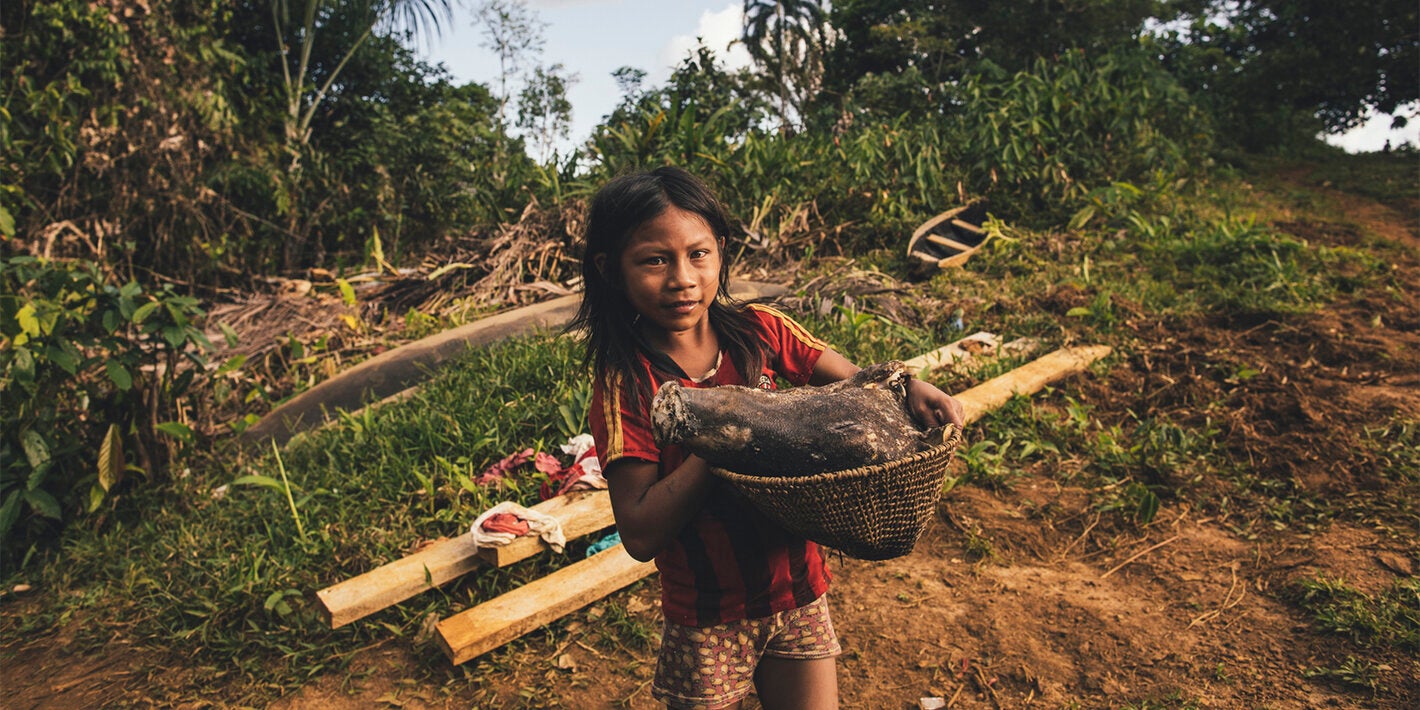
Washington D.C, 3 October 2019 (PAHO/WHO) – Ministers of health from throughout the Americas have endorsed a series of actions to ensure that people and communities of all ethnicities in the Region have access, without any kind of discrimination, to comprehensive, culturally appropriate, timely, and quality health care services. The Strategy also calls for actions to address the social determinants of health.
The Strategy and Plan of Action on Ethnicity and Health 2019-2025, adopted by the 57th Directing Council of the Pan American Health Organization (PAHO), calls to address the structural discrimination that impedes members of certain ethnic groups, including indigenous peoples, Afro-descendant, and Roma populations, from accessing quality health care services.
“It is completely unacceptable that in 2019, people throughout the Region of the Americas, including in high and middle-income countries, continue to experience discrimination based on their ethnic background,” said PAHO Director, Carissa F. Etienne. “The disparity in health outcomes for these populations is testament to the urgent need for countries to implement culturally adequate responses that leave no one behind,” she added.
Despite the limited amount of disaggregated data, health inequalities affecting certain populations is evident. Indigenous peoples, for example, are far more likely to experience infectious diseases such as tuberculosis, and noncommunicable diseases such as diabetes, than non-indigenous populations. Mortality rates for these diseases are also much higher among these populations.
Similarly, in some countries, the prevalence of stunting in children (an indicator for long-term malnutrition) is higher in indigenous children than in non-indigenous children with the same level of family wealth.
While maternal mortality rates have declined in most countries of the Americas, it remains high among Afro-descendant women. In Brazil, for example, the maternal mortality ratio is 1.4 times higher among Afro-descendant women, while in Colombia it is 2.3 times higher and in Ecuador, it is nearly four times higher.
Despite being a population group with its own identity and culture, little is known about the socioeconomic and health situation of Roma populations in countries of the Region. However, they do face considerable barriers to health service access, including vaccination services for children.
The Plan seeks to support countries in implementing policies and programs to reduce these inequities, promote social justice, and eliminate barriers to health services faced by these groups, amongst other aims. In order to tackle disparities and promote intercultural approaches to health, the Plan establishes five strategic lines of action to improve the health of Indigenous, Afro-descendants and Roma Populations, with 19 indicators. These lines of action include:
- Production of evidence – disaggregated by ethnicity, including the determinants of health, for decision-making on public health policies
- Promotion of political action for universal access to health – that recognize and implement an intercultural and intersectoral approach to action on social determinants and the elimination of discrimination
- Promotion of social participation and strategic partnerships with these ethnic groups and other relevant actors
- Recognition of ancestral knowledge and traditional and complementary medicine
- Capacity development at all levels – to facilitate and foster intercultural action and the conditions for knowledge dialogue
This Plan follows the approval of the Policy on Ethnicity and Health adopted on September 2017, which constitutes the first UN document to acknowledge the importance of adopting an intercultural approach to addressing inequities in health.
The Strategy and Plan of Action on Ethnicity and Health also responds to the report of the High-Level Commission “Universal Health in the 21st Century: 40 Years of Alma-Ata”, which highlights the need to develop people-and community-centered primary healthcare-based models of care that take into account human diversity, interculturalism and ethnicity.



